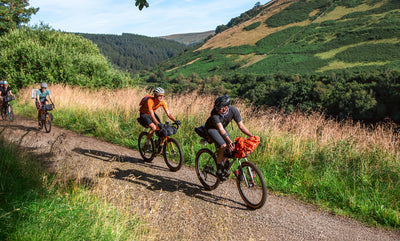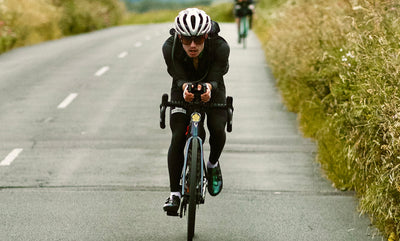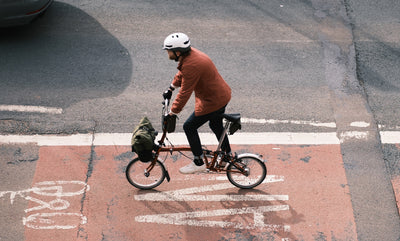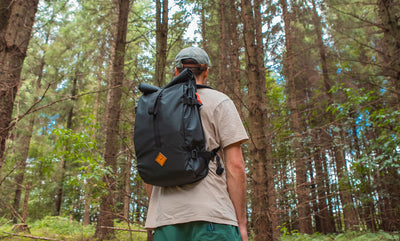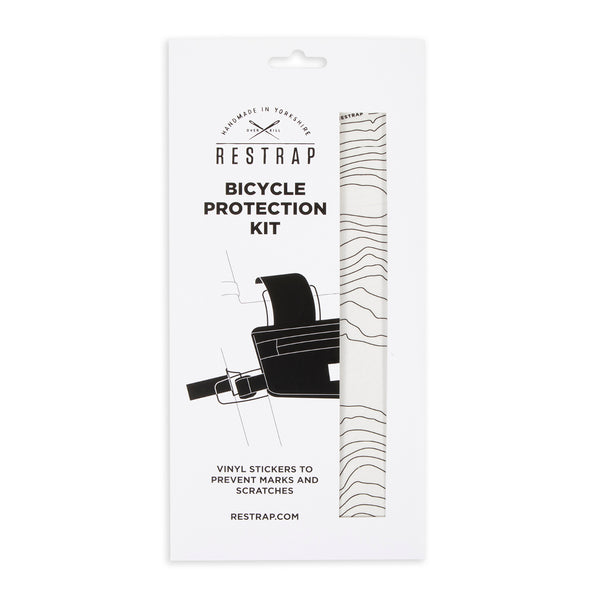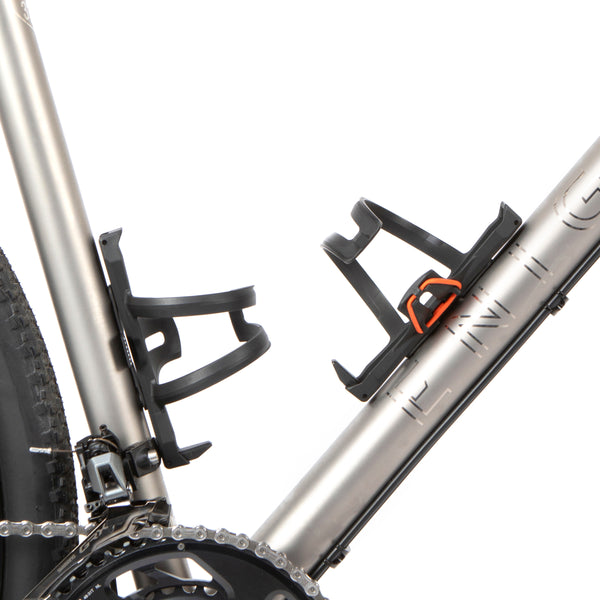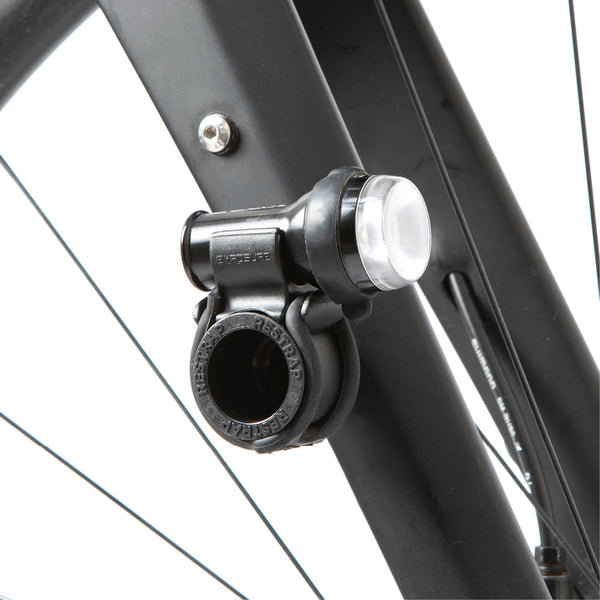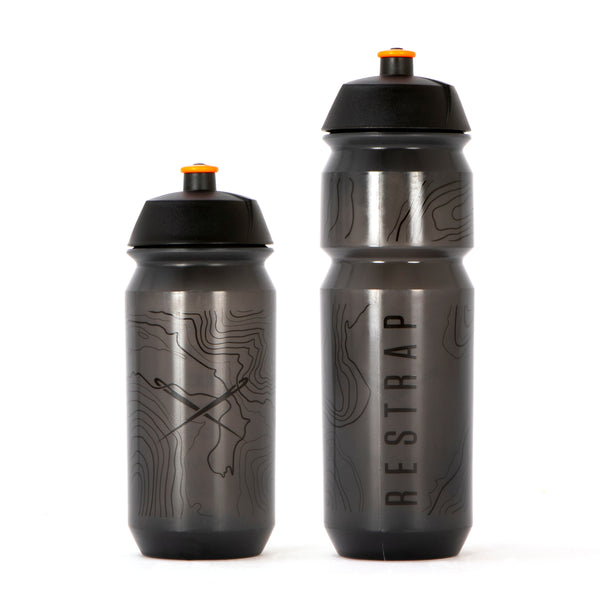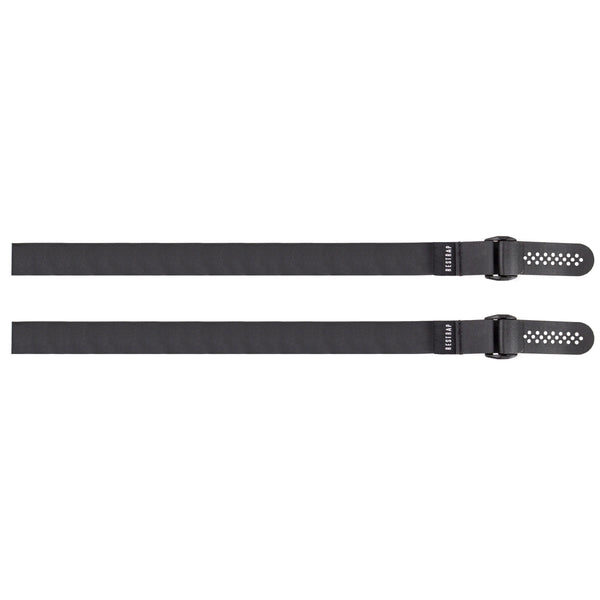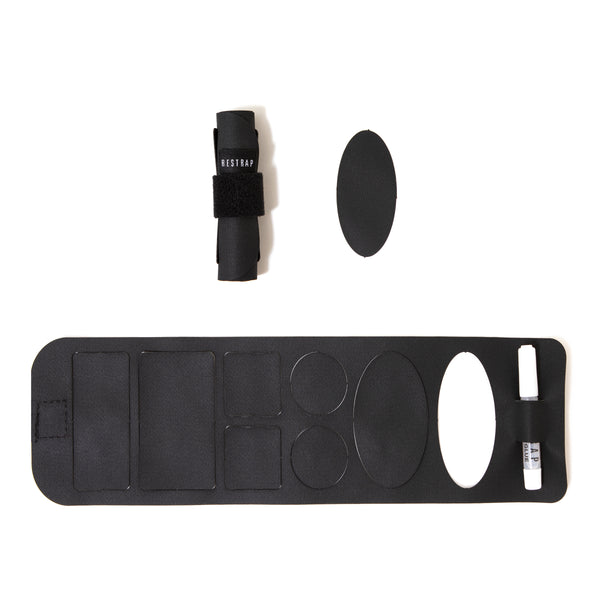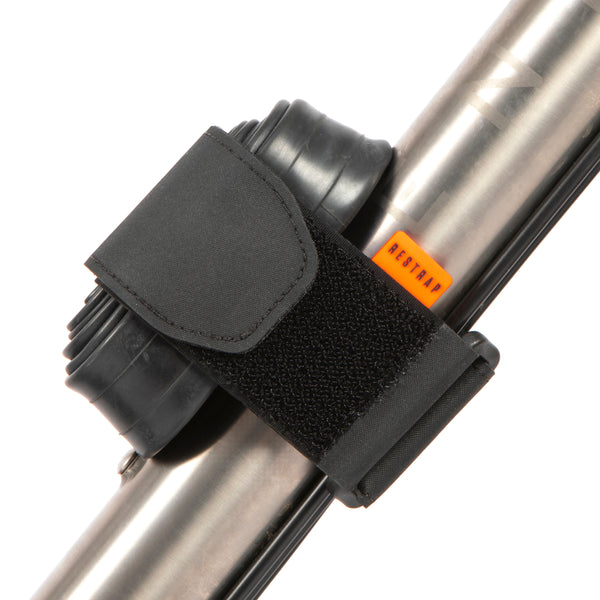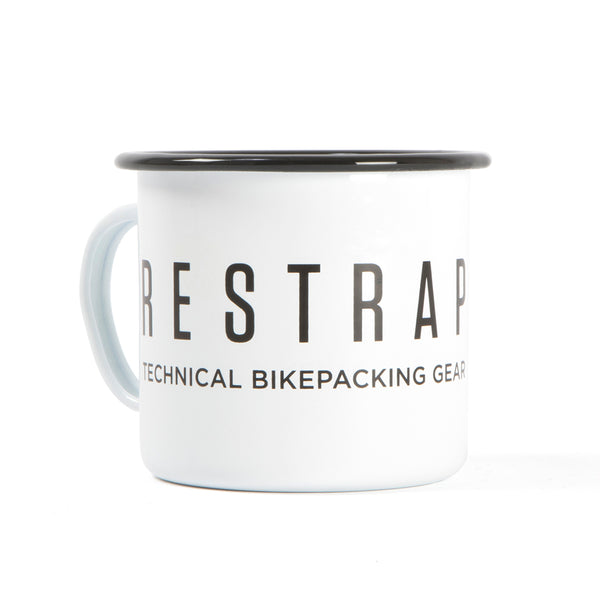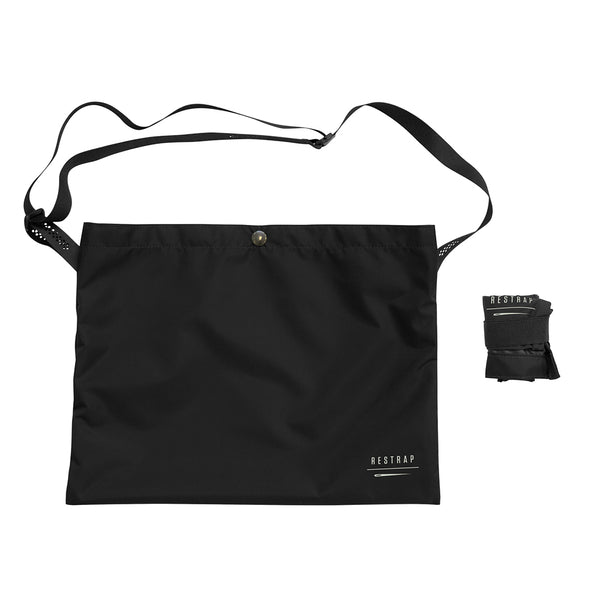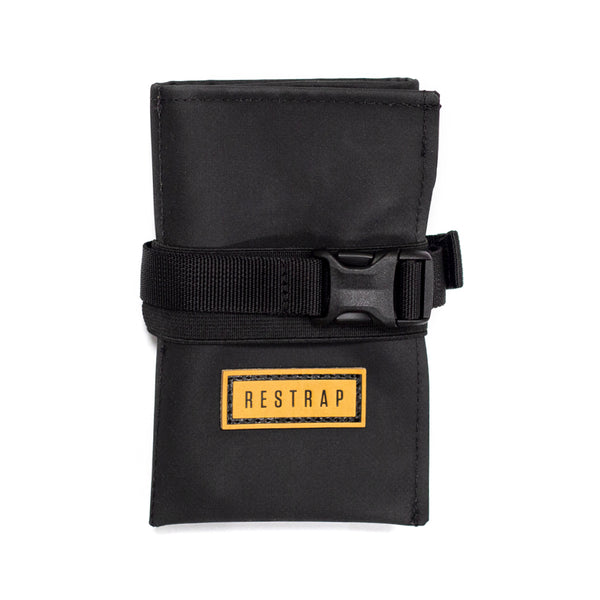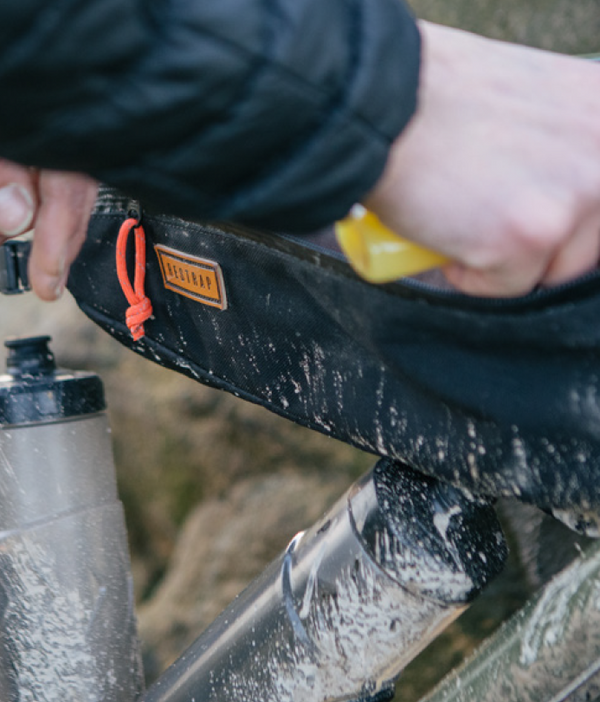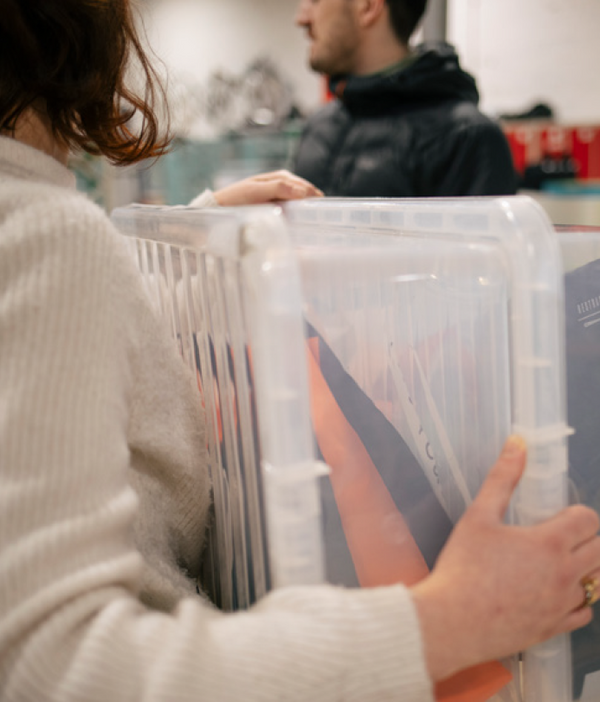Your cart is empty!
Alice Lemkes - Winning the HT550
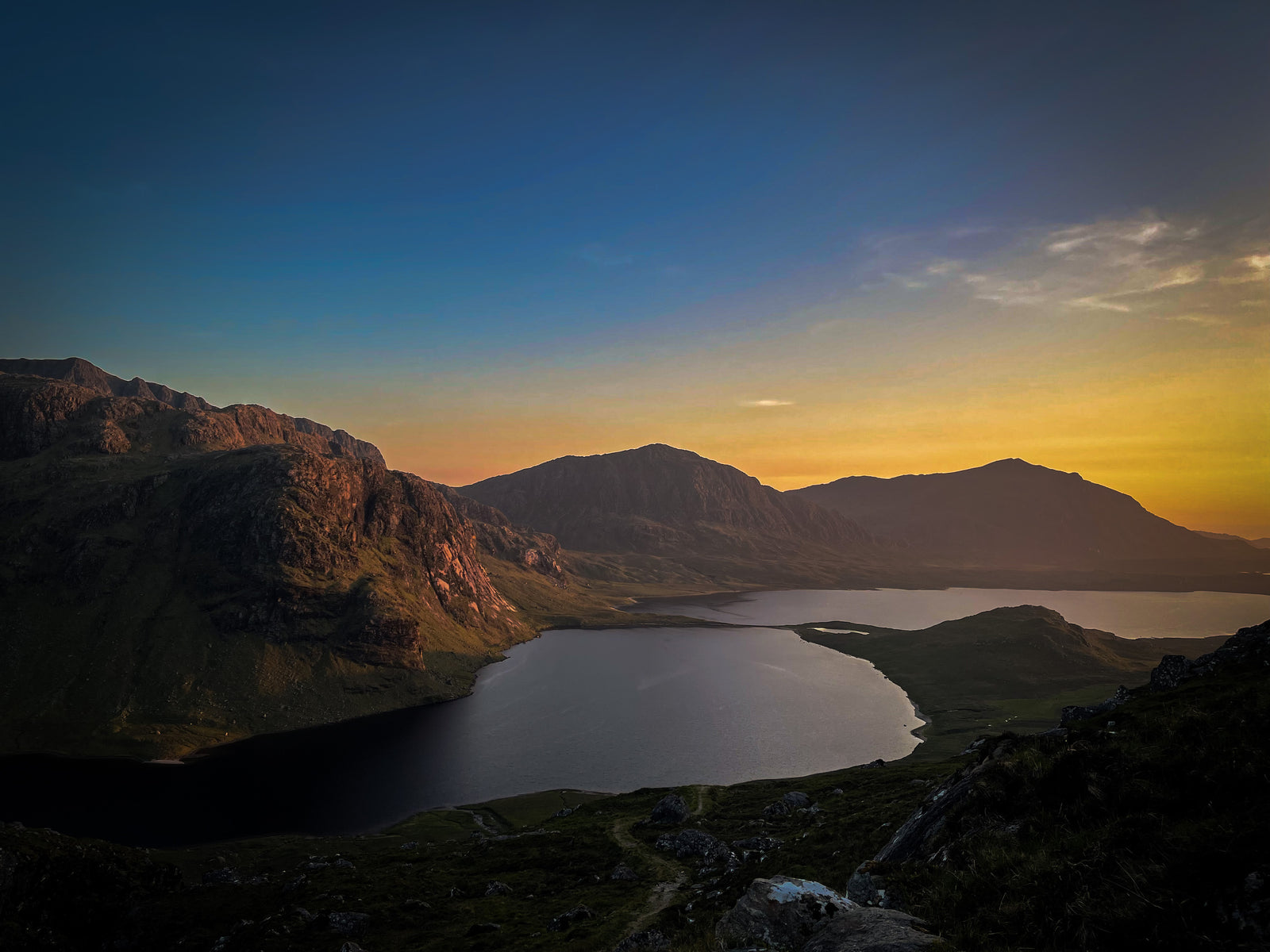
Highland Trail 550: systems, headspace and jedi mind tricks
It’s been a month since finishing the HT550 as first female. I rolled down to the finish line after 4 days 4 hours, burnt to a crisp, swollen eyes from midge bites and riding through the night, bleeding raw lips, and the onset of trench foot. My top had collected so many days of sweat that the merino had stopped wicking and had turned to grease. My hip pack and feed bags were full of crushed snacks, inedible and congealed. They still are. My bike has been left in exactly the state I finished in. Stem bags full of apple tarts, a suncream bottle covered in a muddy, oily film from the dust collected over 550 miles of Scottish highland tracks, and a rear brake that needs a bleed.
I’m still a little surprised at how well it went. Nothing particularly went wrong and I experienced the most positive headspace I’ve ever had on a ride like that. A fortnight prior I had a terrible training ride and I messaged Phil to say: “I set off on a too-hard bike ride and have realised: I do not have determination, I hate riding bikes, I really hate pushing bikes over awkward terrain, I am pathetic” and I really, really meant it.

Fast forward two weeks and we were leap-frogging each other all the way up the spine of the highlands towards the Bealach Horn, riding strong and getting stronger, buoyed and empowered by each other’s familiar presence and the motivating energy of the race. At this stage I still couldn’t fathom continuing on to the end, my body was in a lot of pain as it adjusted to the tasks at hand, and so I assumed something would have to buckle at some point. In the end, because of both luck and preparation I had a really strong ride. I stopped each night but still had energy to keep going, and I woke up each morning without feeling like I’d just been run over, and with energy in my legs for the day ahead. My headspace was so spacious that I continued to take care of myself until the final morning. It was a wonderful, affirming experience.
I am the first to admit that I can be a bit chaotic in my approach to things. I spend ages thinking but I don’t always manage to get things done until the last minute. In those moments I am a whirlwind of productivity and stress. To my shame I reach for Amazon prime to get those essential bits I’ve had on a list for months but not bought until it was too late. I don’t have enough time to test things properly. Last year I was due to begin the Highland Trail but caught Covid 2 days before. I had been so stressed up to that point. I was borrowing a bike and separate wheels and when I put the wheels on to the bike (3 days before the race) I threw the mech into the rear wheel and snapped a spoke which turned out to be a niche variety to source and replace, only to find the nipples were corroded anyway and the wheel couldn’t be trued. In all, with the bitter disappointment of months of worry coming to nothing, came a bit of relief that I wasn’t arriving in a total state.
2023 I wanted to be different. I had been riding the same bike for 6 months, slowly finessing the set up including carbon wheels, ergonomic grips, light XC tyres and smaller cranks and chainring to make sure my body wouldn’t tire over days of grinding. I invested a lot in updating outdated tech and tested many different systems - such as battery capacity over multiple days, fuelling strategies, and layering.

A rider’s systems and set-ups - whether consciously or not - are considered right down to the tiny details of how our moments are spent. When I wee will I use wet wipes? Will I use the opportunity to apply sudocrem? How often? How will I make sure I wake up in the morning? Where will I put things I need rapid access to? What socks will I wear and will I factor in letting them dry out now and again? These tiny details, if overlooked, can cause frustration (having tubeless plugs buried deep in a seat pack rather than to hand), time-losses (oversleeping alarms), or end races (extreme saddle sores and rotting feet). All of these things have massive emotional and mental impacts during the race, disproportionately so because the body and mind are under stress. Most of these details get ironed out through experience (and sharing knowledge), and I arrived at Tyndrum feeling as though I had controlled for as much as I could.

I know my bike-packing bags well by now, having used Restrap since 2016 and here was my final set up:
The front roll had my sleep kit in. A sea to summit mat, Haglofs LIM (+1) sleeping bag and Alpkit Kloke bivvy, some merino socks and calf sleeves and weighed in the region of 1.2kg
The triangle on my Sonder Signal Ti is miniscule but nevertheless I used the custom frame-bag to store a long pump, sealant, 1.5l hydration bladder and waterproof jacket. In the slimmer compartment I stored a cable and a massive 26,800MAH battery pack. I used this once a day to charge up my wahoo and, every now and again, to give some juice to my headphones and phone.
The idea of the saddle bag was that I wouldn’t need to go into it aside to get my insulated jacket which I was using only to sleep in. Back there I had a comprehensive toolkit, an inner tube, and a dry bag of spares: a Wahoo, loads of cables, and a spare cache battery.

Stem bags were purely for snacks, mainly cereal bars. And I stored a midge-net and lube in the mesh pockets. I know what stays in the mesh pockets and what falls out by now. After a couple of years, their elasticity has started to loosen and I’ve lost a couple of things so I used them mainly for rubbish and bulky items such as the windproof gilet I found on the trail on the morning of day 2 and which I wore religiously for the rest of the race, and waterproof over mitts which I wanted easy access to.
Finally I used a hip pack. I needed some extra capacity but I didn’t want to carry a race vest because I didn’t want to have a sweaty back for 5 days. It would increase my chances of getting cold when stopped, and being absolutely grim and uncomfortable when the weather got hotter. I used a Deuter Pulse 3L. It had all the capacity I needed for bits and pieces. In its pockets I kept my Exposure Joystick, toothbrush and paste, antihistamines (I took one a day to stop midge bites getting me down) and other pills and blister plasters, wet wipes and sudocrem, a multitool and tubeless plugs. The rest of the space was given over to food - bigger things like pies or sandwiches.

And then of course there was the hike-a-bike harness which is lightweight and occupies an unused bit of space on the top tube. On day 2 I was questioning how useful it would be. I encountered plenty of steep carries around Glen Golly and the Bealach Horn but my body was so battered and traumatised by what I was asking it to do that I felt I’d actually injure myself by attempting to lift a fully loaded bike onto it and carry it upwards on steep loose terrain. But then on day 3 everything had changed.

My body had adapted and by the time I reached the Coffin Road I was back to remembering how useful a piece of kit it is. Ultra endurance racing is attritional, and the more variety you’re able to put into your day, the less quickly your body will wear. I think this is why day 2 was so hard. You’re at the end of 2 hard days of riding and you’ve not yet arrived at the pushing. At least the next few days you’re off for long stretches. Riding, descending, pushing, shoving and carrying keeps the body and mind much fresher.

In practice my systems mainly worked. Nothing broke, I always remembered to keep things charged and lubed and these things were handy enough to do so when needed and not consider it a faff. I was developing saddle sores which was worrying at first until I realised they weren’t progressing at any particular rate. I made extra efforts to sudocrem the sore points, especially at night (inspired by Phil) and this kept wounds at bay. Yes they were sore and uncomfortable but no more so than the rest of my body, which was in revolt at various points in the day. God I was sore. My back felt like it was collapsing on itself. Sometimes my knees felt hollow. Sometimes it felt like all my flesh was bruised around the bones and every descent was excruciating. Sometimes my feet were too sore to stand up when pedalling or descending. My hands and wrists were often painful too. But of all this the only thing to have lingered is one numb fingertip. I was able to hold all this pain with a strong mind: was this an injury developing? If yes, what can I do to adjust? If no, what can I do to move through the pain? Even just acknowledging that this pain was not a race ender was enough for it to loosen its grip. The power of the mind to make pains better or worse is one of the best Jedi skills I’ve developed from doing this stuff and know it stands me in good stead across all aspects of my life.

The only factor that really affected my ride was eating, which is obviously a biggie. By the morning of day 2 I had lost my appetite. Nothing appealed and most things made me feel sick after a tiny bite. I knew I needed to keep fuelled and hydrated and am so grateful for a quick bolognese in Rosehall to get some decent calories. As the race wore on, my suffering worsened. It felt as though my mouth had been stripped - cheeks, tongue, it all felt like sandpaper - and no matter how hydrated I was my mouth was bone dry. Every time I tried to eat an oatcake I began to wretch and choke. Such a strange and uncomfortable experience. Cereal bars, usually a standard, tasted sour. All my usual refuelling strategies were shot to pieces so I just had to buy whatever appealed when I reached a resupply. On this occasion it turned out to be meat pies and milk..! As a vegetarian I’d usually not even see the meat options but they revealed themselves to me as I passed petrol stations. The shit chicken and chorizo pie in Ullapool garage was the best thing I’d ever eaten. In Dornie I necked a litre of milk and this fuelled me the whole way up Glen Affric (it has about 700 Kcal and 60g of protein!). Despite the discomfort, I still marvelled at how my body was able to keep going in spite of the calorie deficit, and how my mind was in such a resilient space for my sore mouth to not faze me.

Ultras are a funny thing when you look at it in the way I’ve just described. We ascribe so much meaning to them, to competing and completing (or at least I do). Sometimes it feels as though my whole universe is squeezed into a tiny ball. The weight of the pressure of one tiny event! But coming out the other side with a settling feeling of having done well, and a greater awareness of my body and mind’s capabilities - which isn’t just based on results but a broader notion of performance - the absurdity of it all makes sense. I prepared really well for the Highland Trail and this, combined with perfect weather and the proximity of Philippa to keep my mind on task and head game strong, meant I had the most amazing experience. This probably won’t happen again but I’m looking forward to the learning the next race (Further Pyrenees!) holds in store!

Words by Alice Lemkes
Photos from Alice Lemkes (@lemkiss), Lee Craigie (leecraigie_) and Jenny Graham (@jennygrahamis_)














